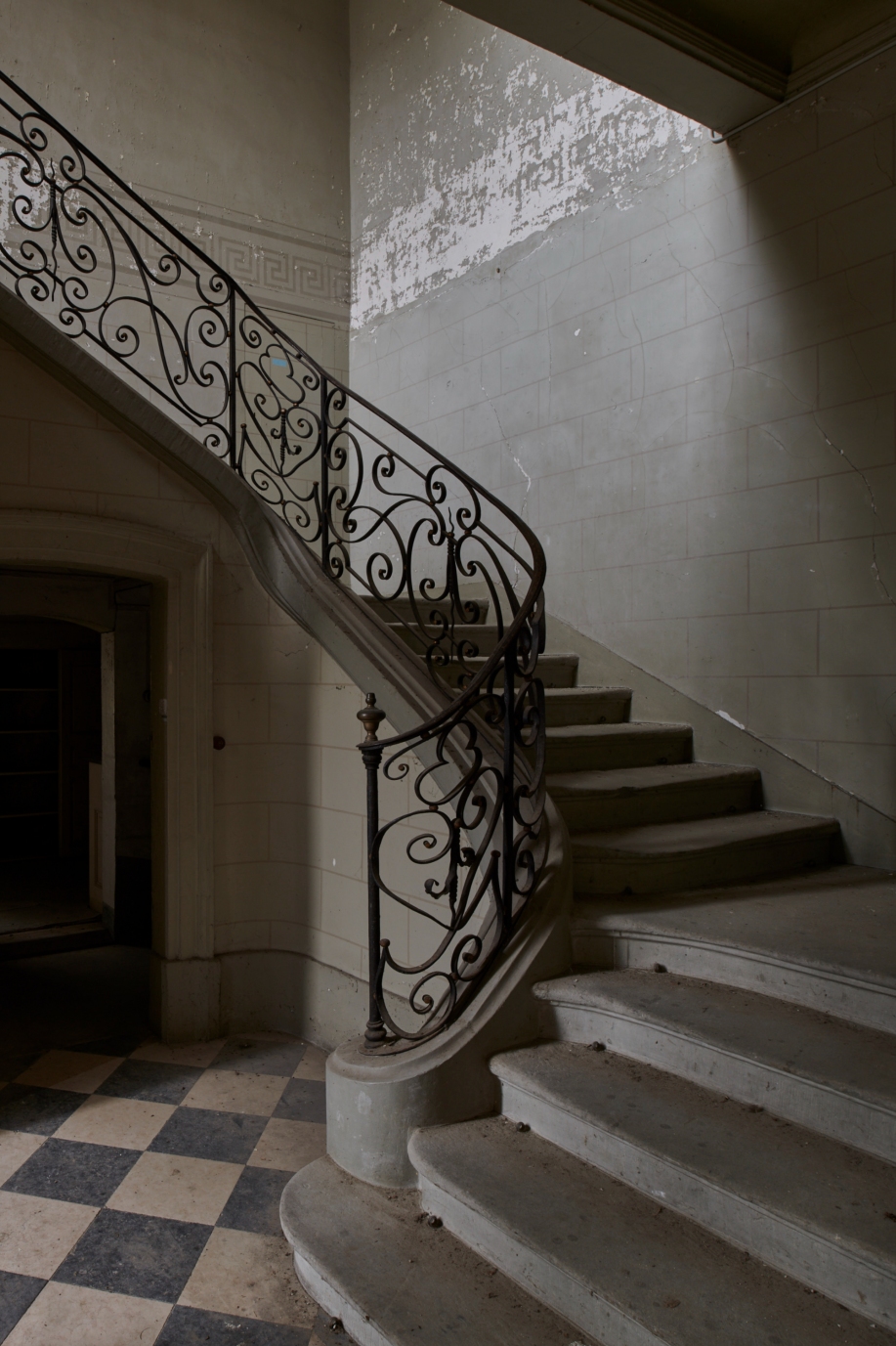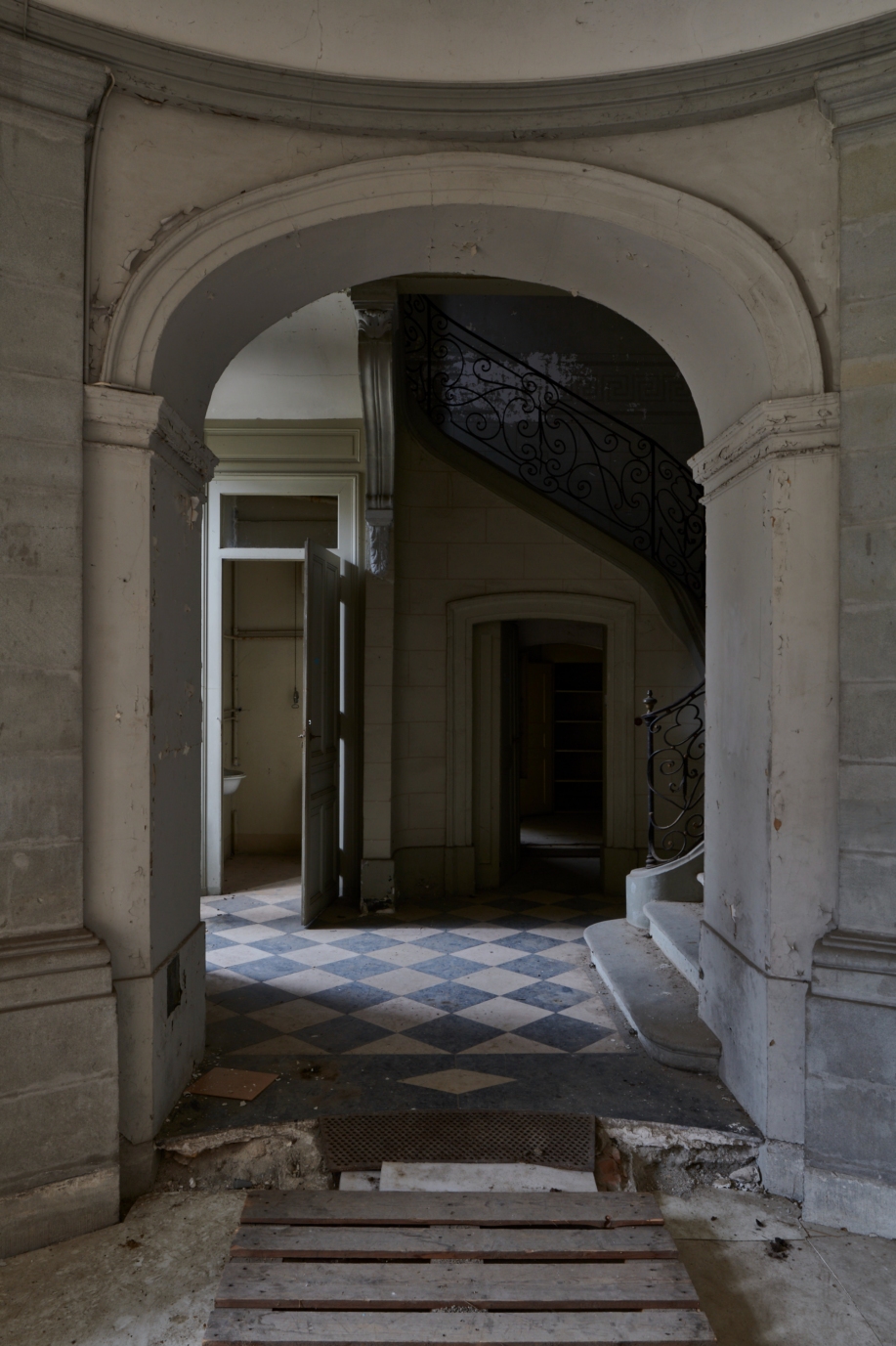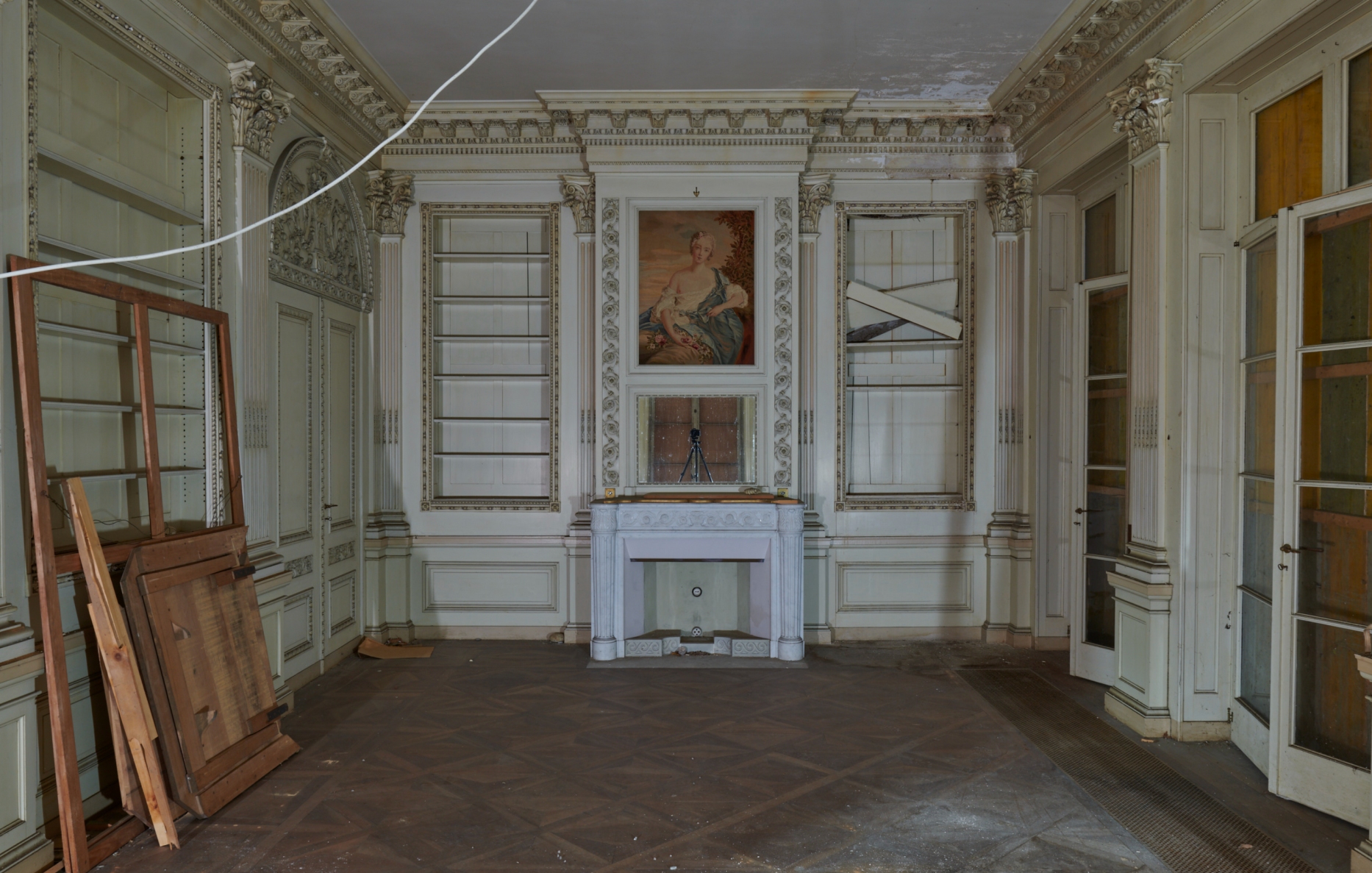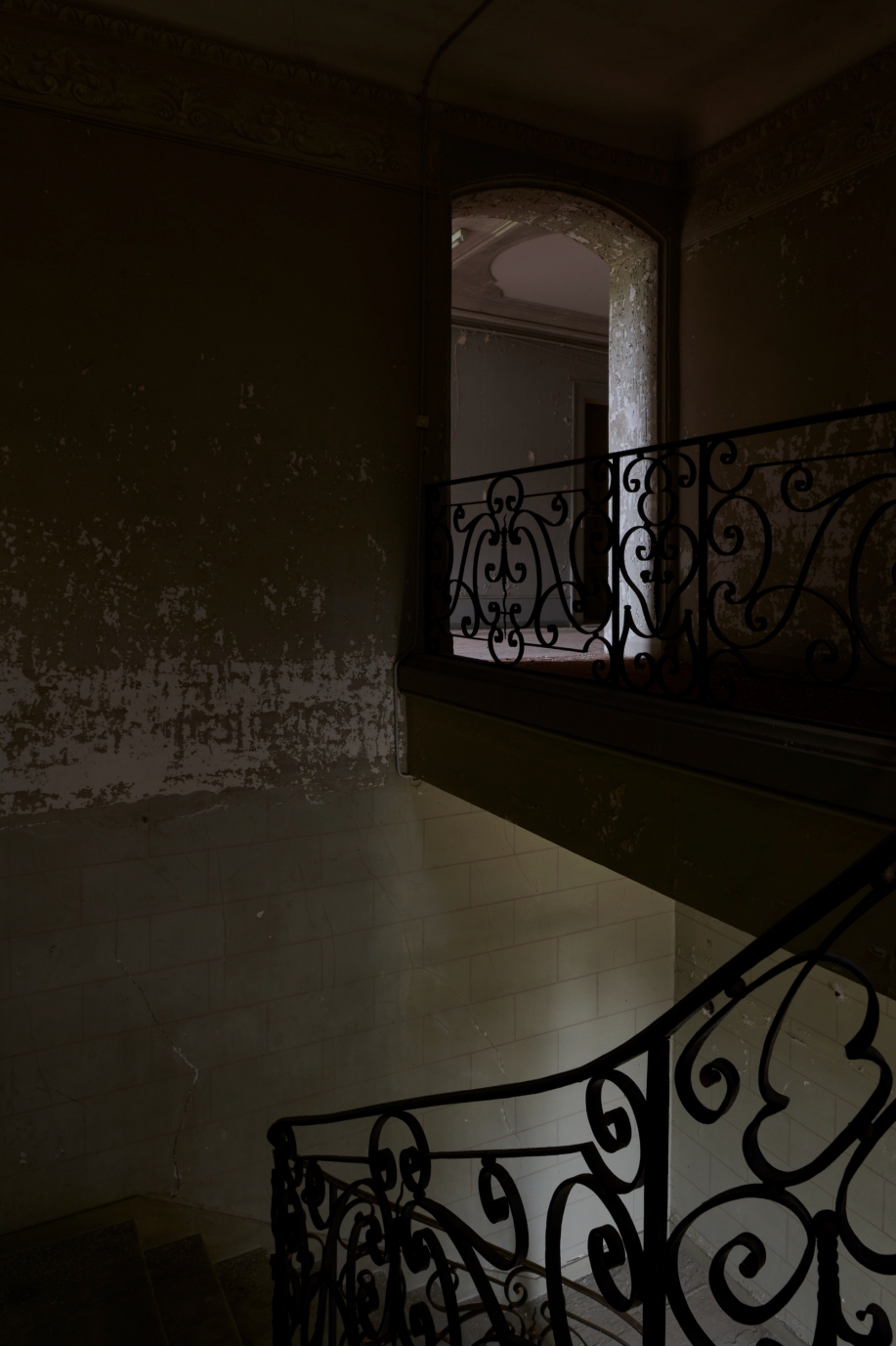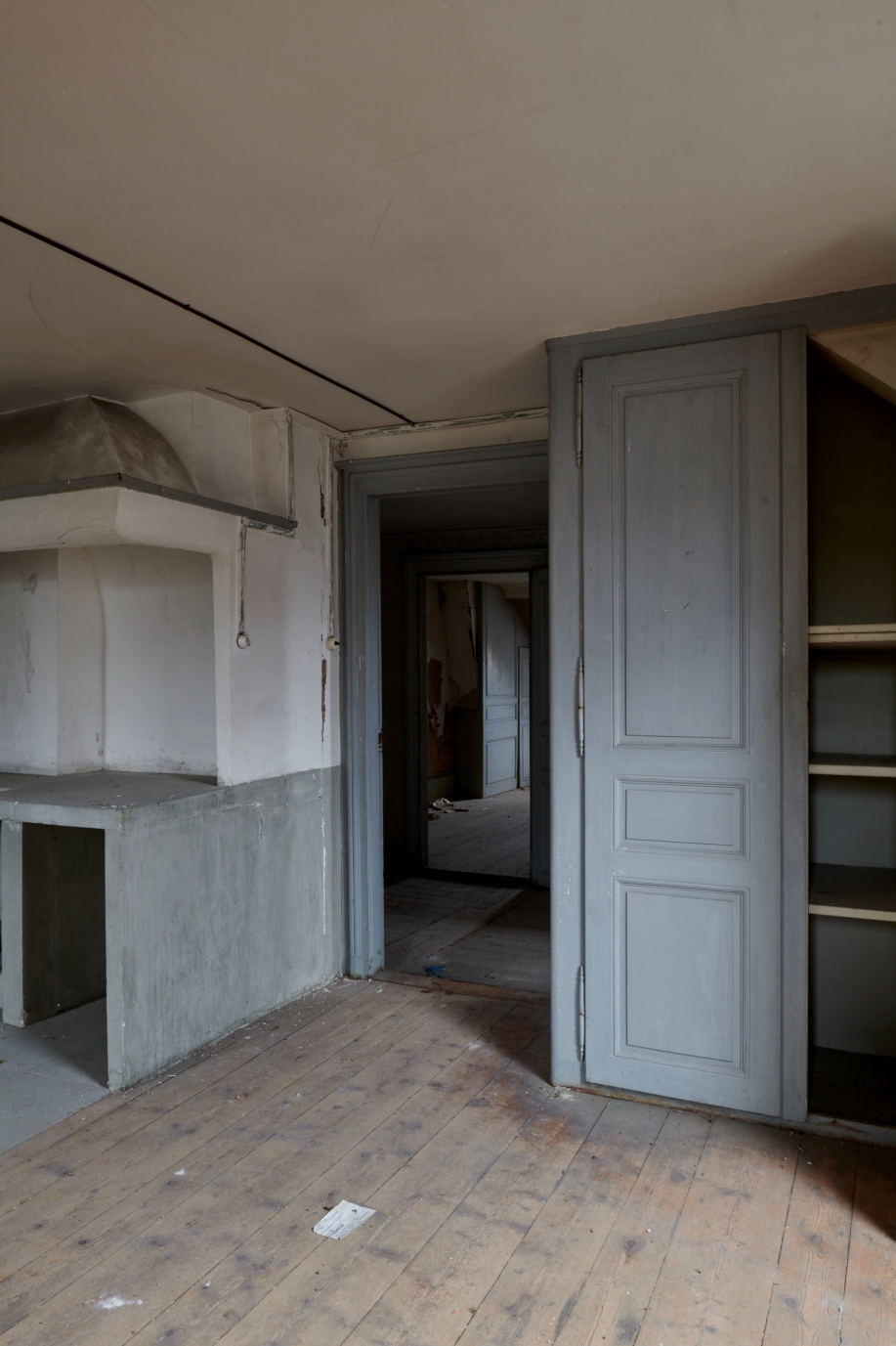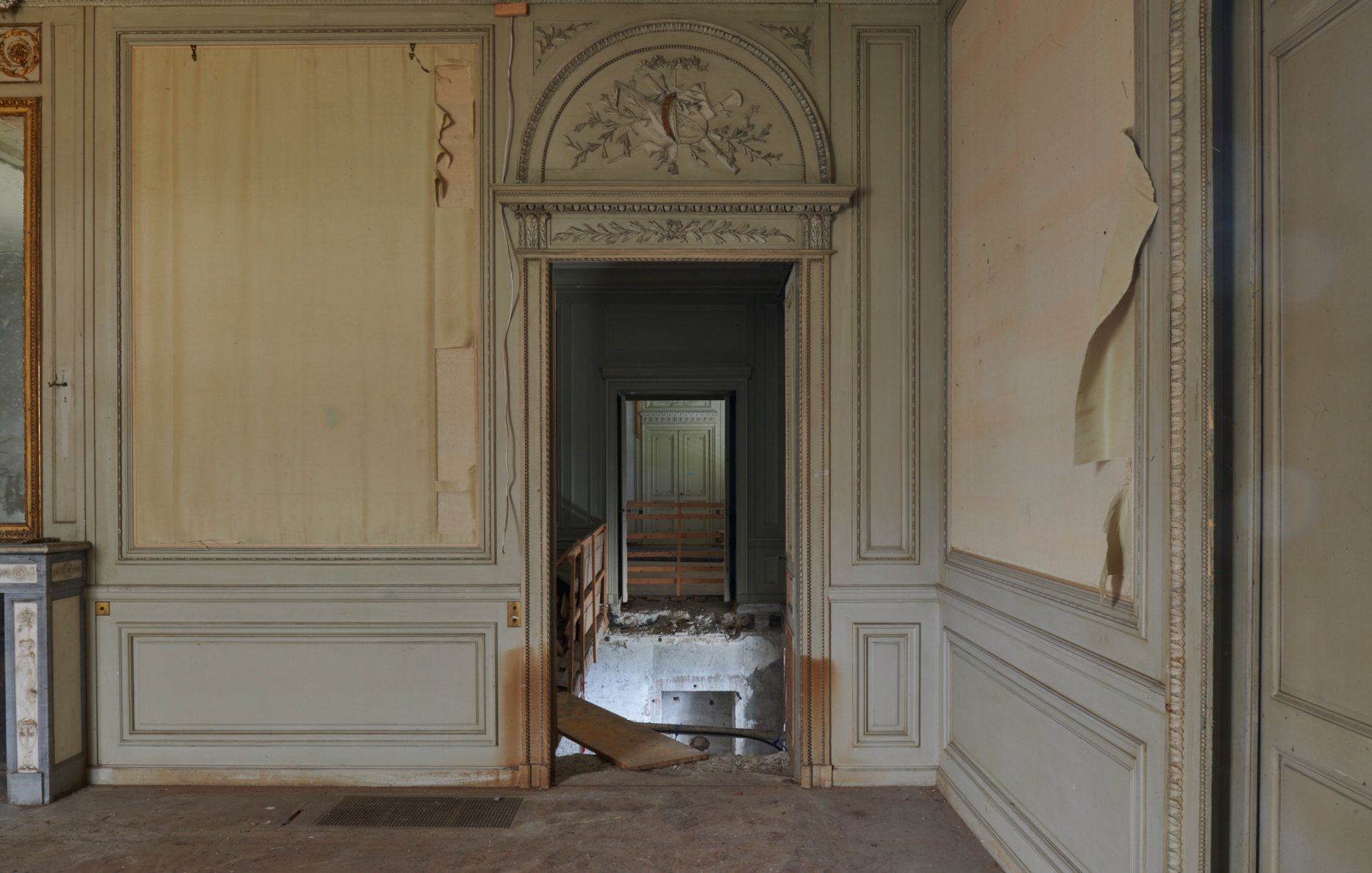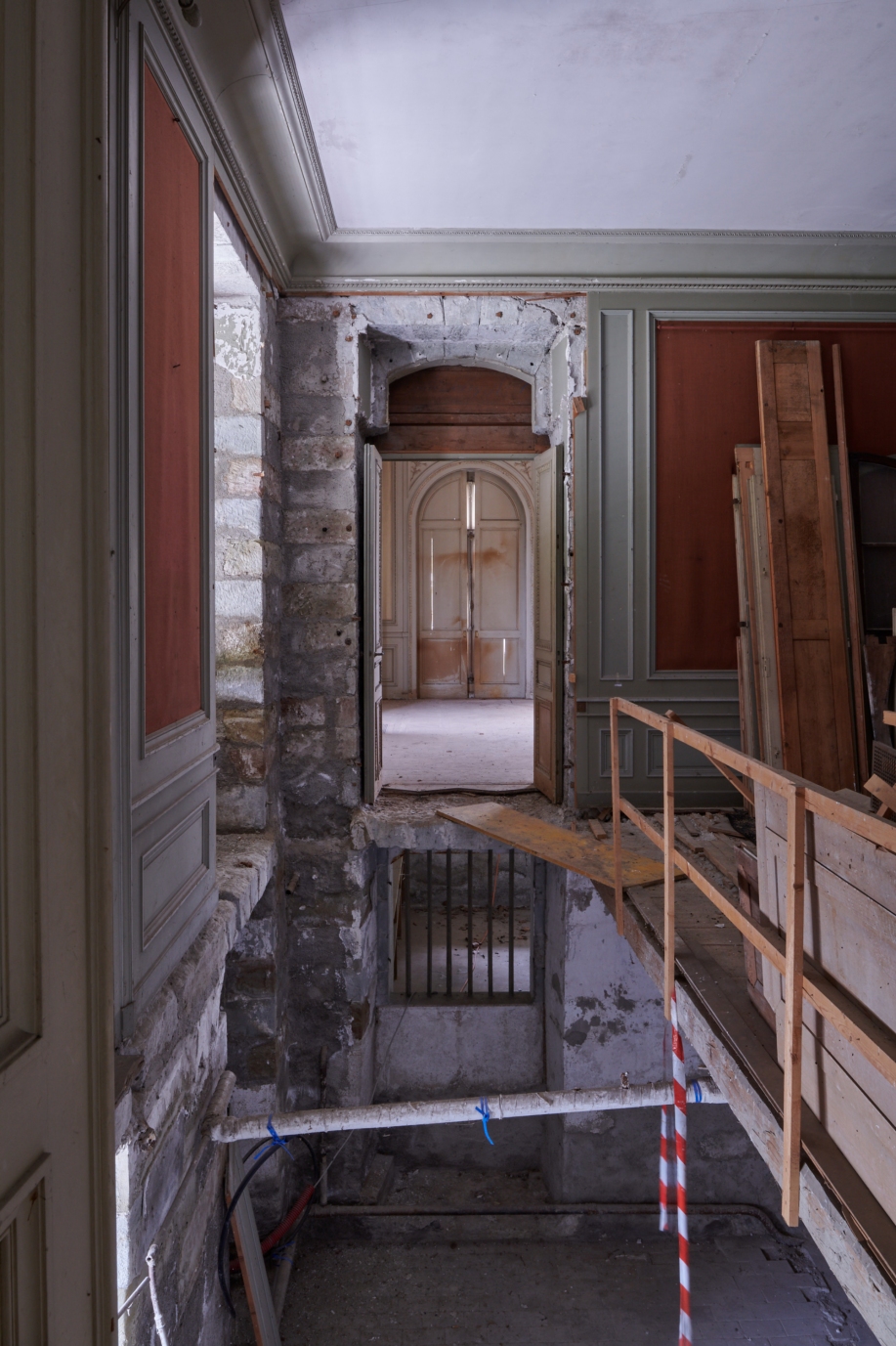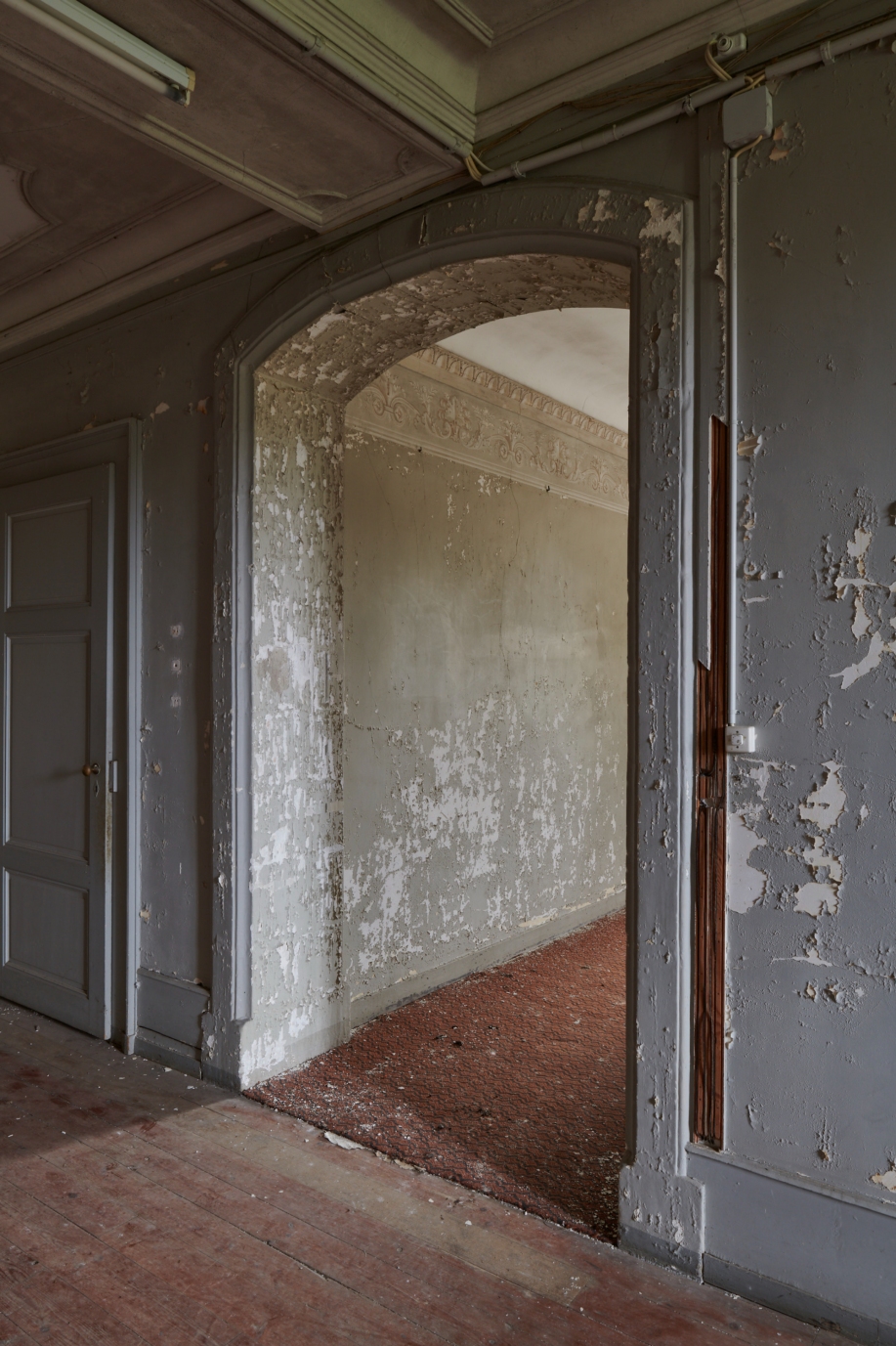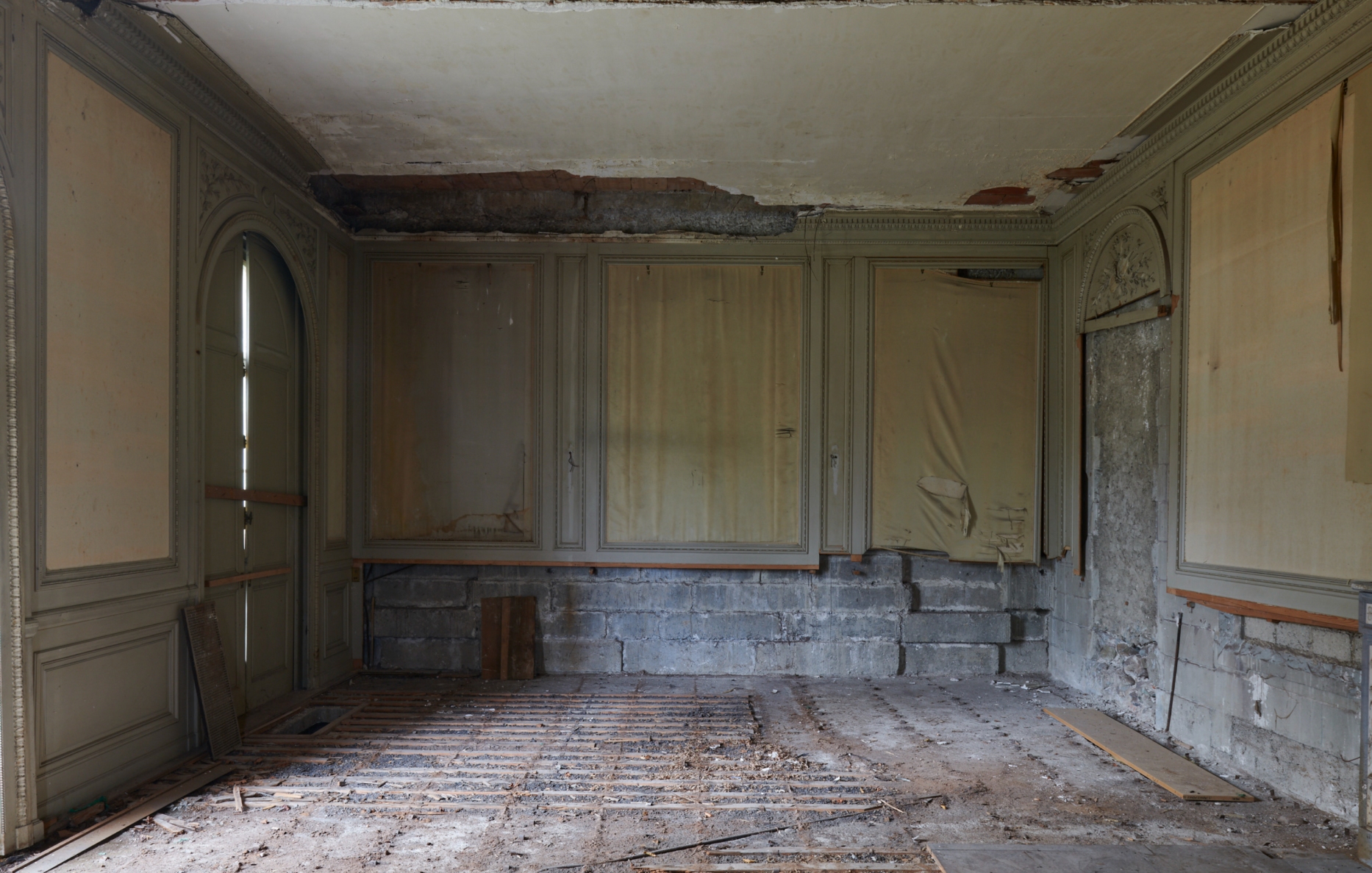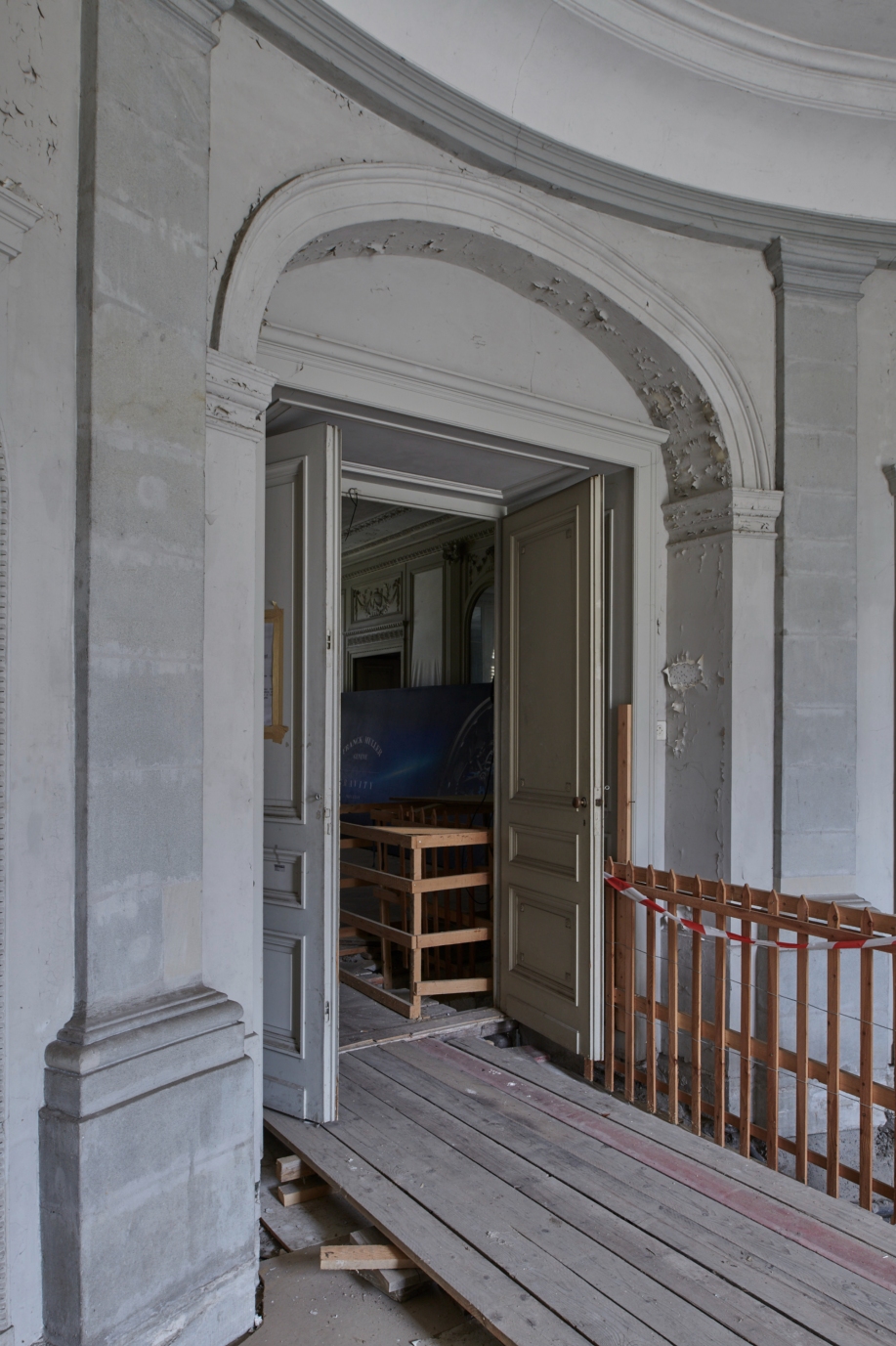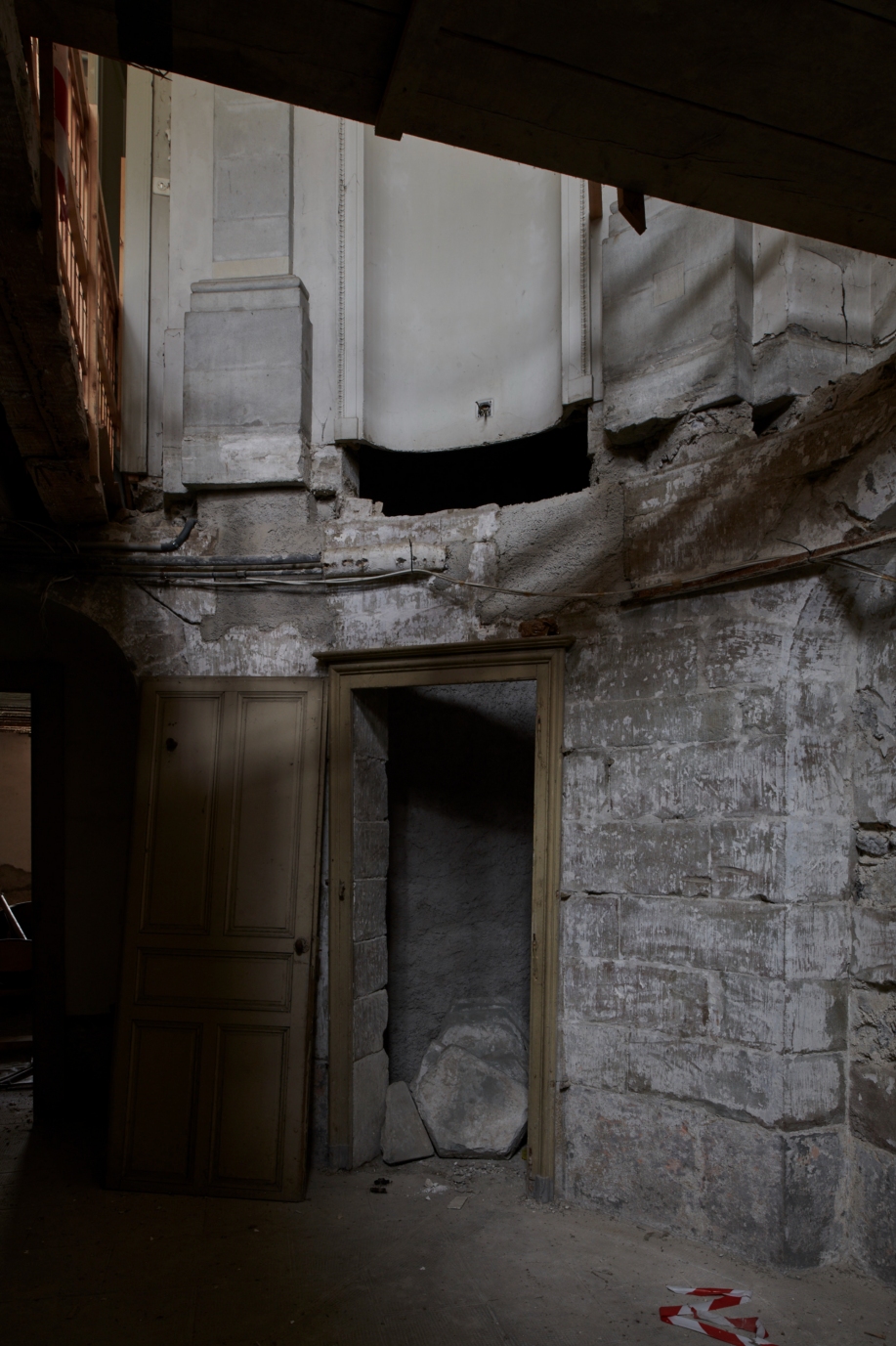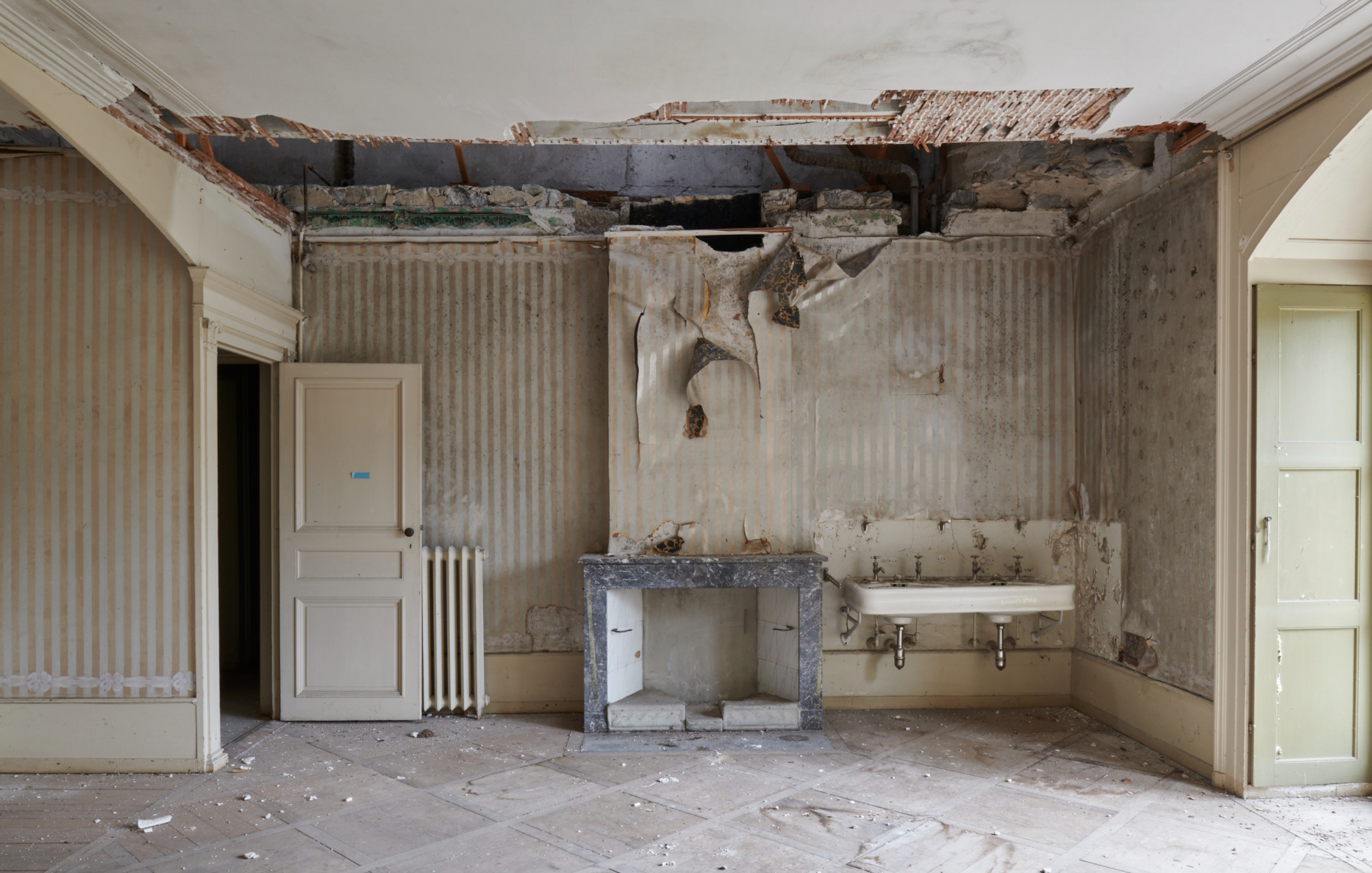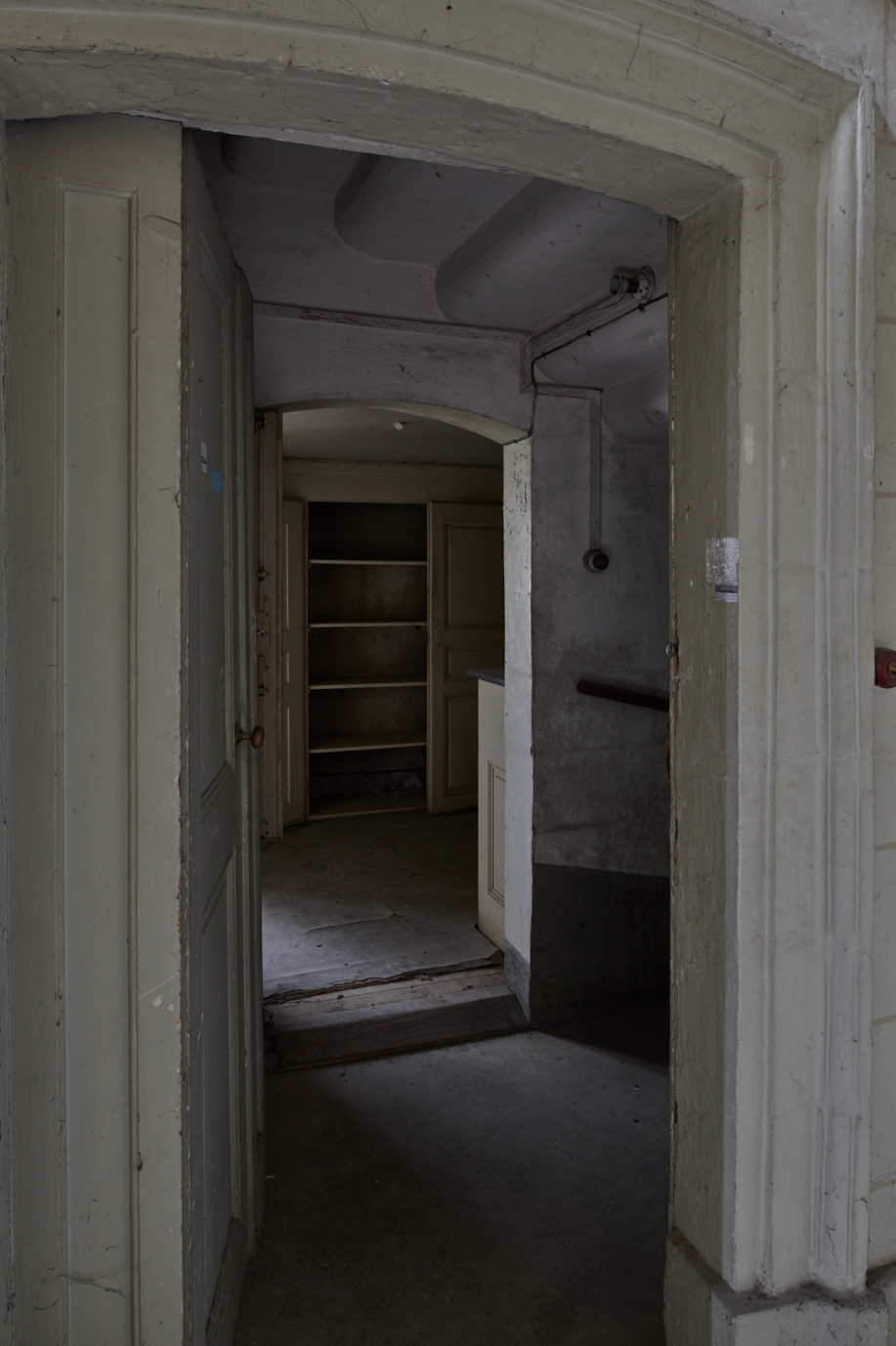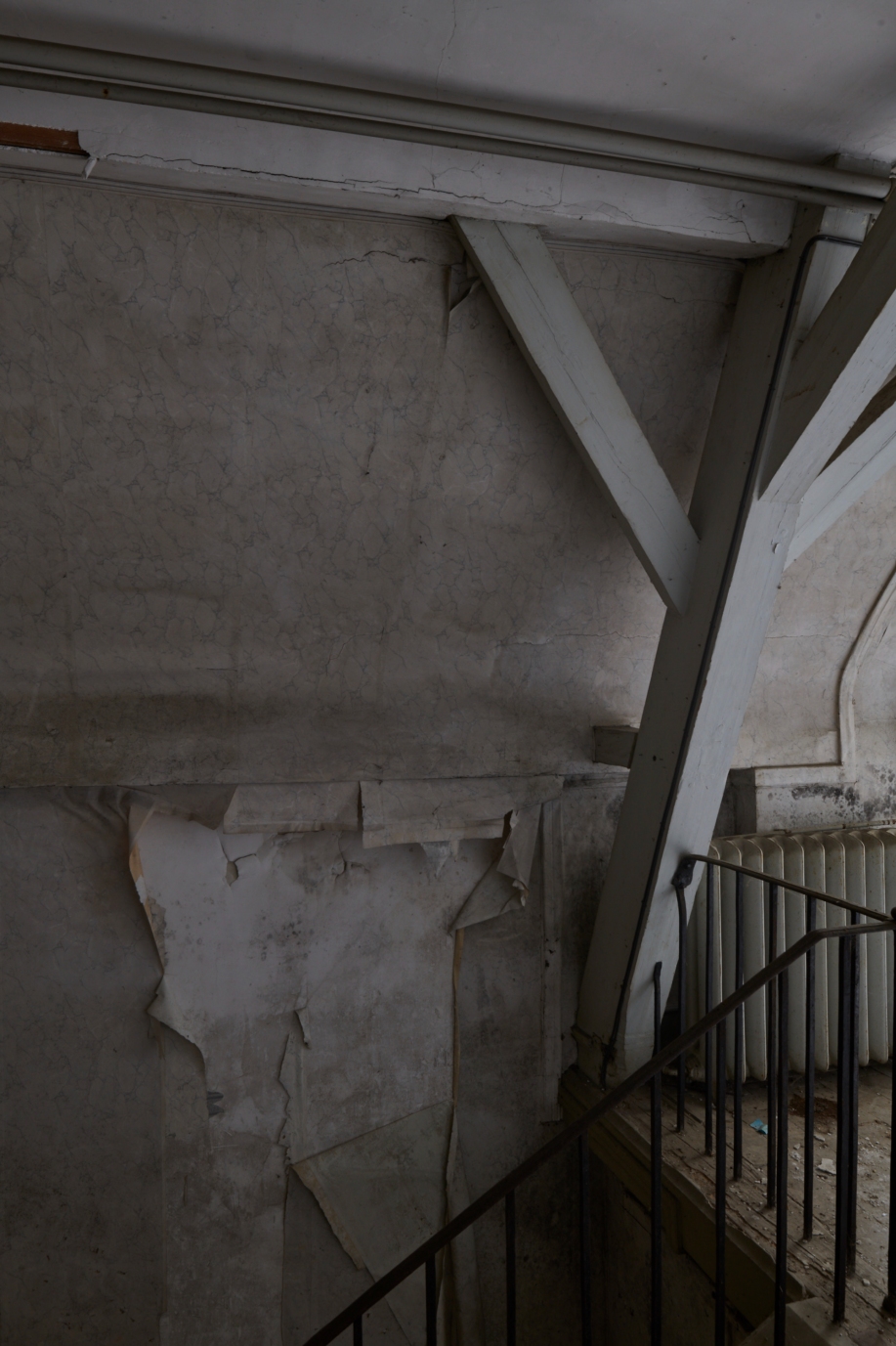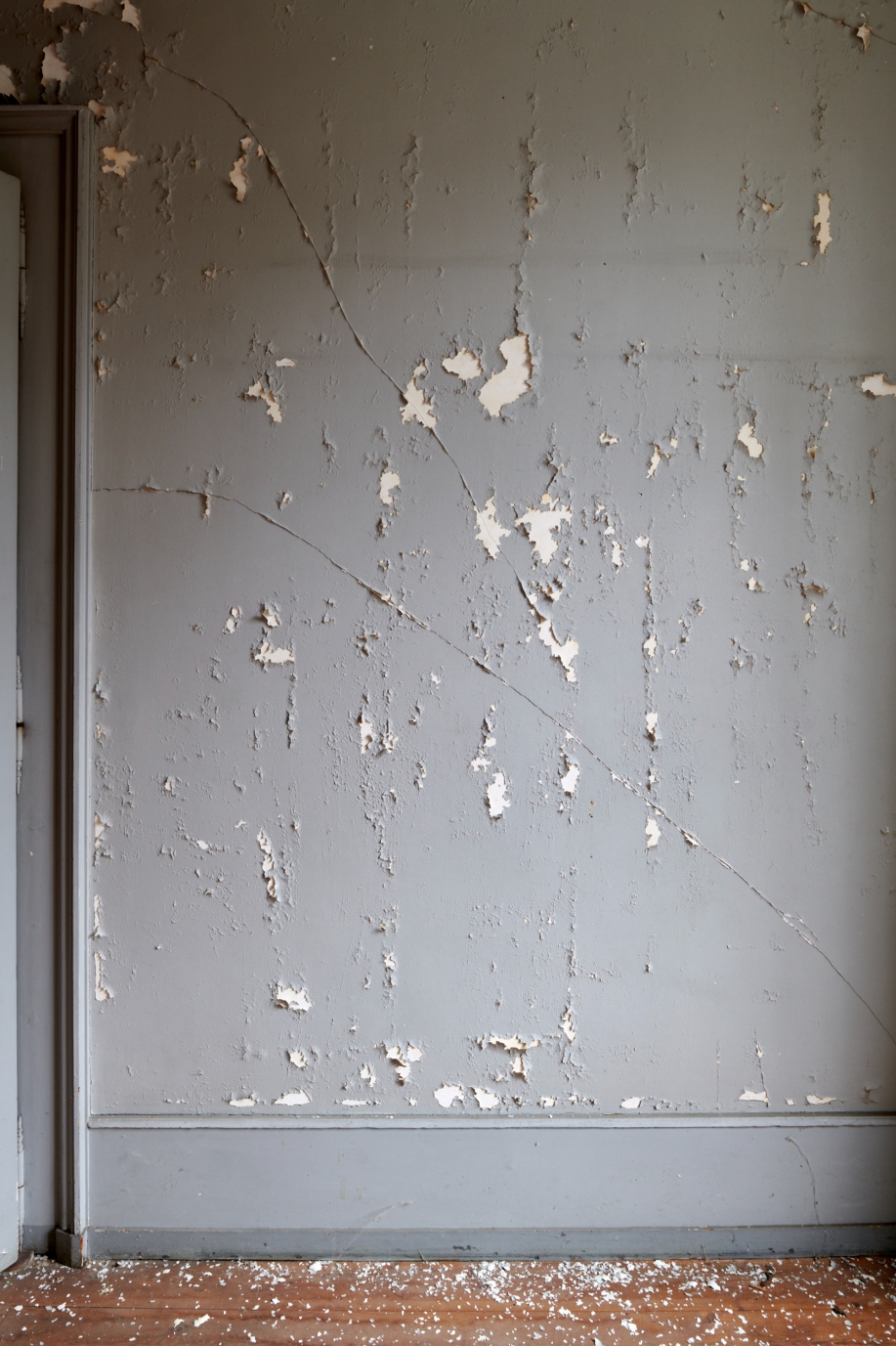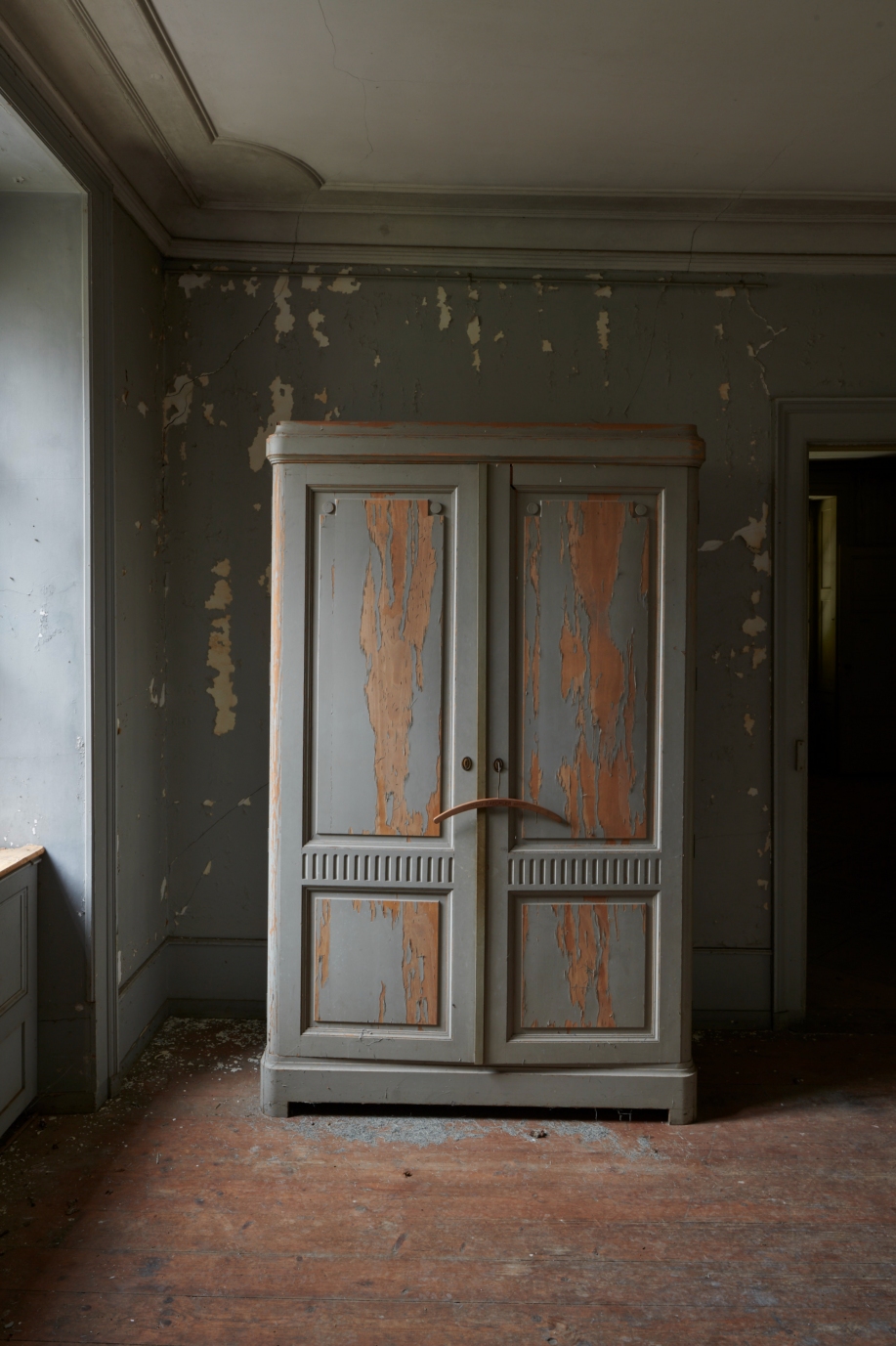DOCUMENTING ASSETS
Documenting heritage before renovation: a pillar of preservation and Passing on
Genthod, Geneva
Images ©Tonatiuh Ambrosetti
Documenting a heritage site in its current state prior to renovation is a crucial and strategic step. This approach is based on the idea of preserving and enhancing the history, authenticity and cultural value of the site to be restored.
Here are some of the reasons why this documentation is so important:
Preserving the history and identity of the site: Built heritage embodies the identity of an era, an architectural style and a community. Before intervening, it is essential to capture all the original details, materials and construction techniques. These elements tell a story and give the building a unique identity. By documenting this initial state, we preserve the memory of a place and respect the choices and the art of the craftsmen of the time.
Ensuring a solid basis for renovation: Exhaustive documentation of the heritage enables us to identify the elements that need to be conserved, restored or adapted. It serves as a reference for understanding the alterations that have taken place over time and helps to choose the most appropriate interventions to maintain the building's authenticity. Precise surveys in terms of plans, elevations, photographs and technical descriptions provide a solid basis on which to intervene with precision.
Preserving traditional materials and techniques: Heritage is often made up of materials and techniques that are no longer used today. Documenting the initial state of a building makes it possible to list the original materials and understand how they interacted with the environment. This information is invaluable for restoring the building using compatible techniques, thus avoiding interventions that could weaken its structure or alter its appearance.
Facilitating decision-making and project management: Comprehensive documentation enables us, the owners and the heritage authorities to assess the scope of the work to be carried out. It guides decision-making throughout the renovation process, ensuring that each stage respects the heritage and meets current conservation standards. It can also be used to forecast the costs and resources required more accurately.
Contributing to the transmission of knowledge: Documenting heritage is not just about preparing for immediate renovation. It contributes to a fund of knowledge for future generations. These archives can be consulted by researchers, historians and architects to better understand the evolution of architectural styles, materials and skills. It is also a heritage that can be used to enhance the cultural richness of a place over time.
Documenting built heritage in its original state is an act of respect for history, a means of ensuring quality renovation, and an investment for future generations. It is a commitment to the past, present and future of the built environment.
